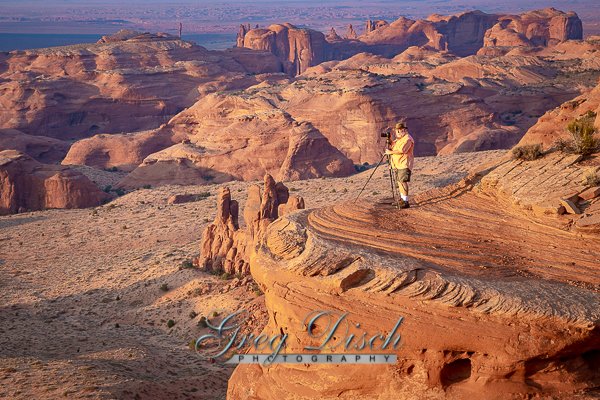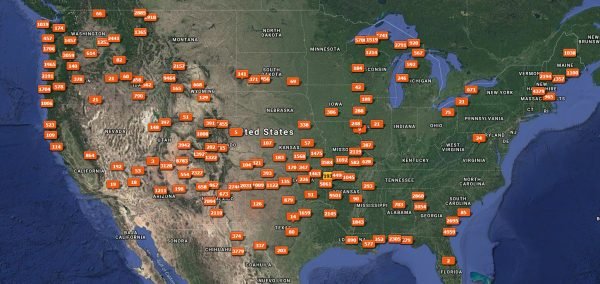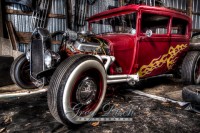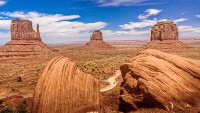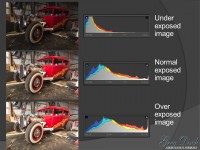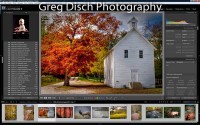Photography Club ProgramsI would like to be able to work with your group during the next year in whatever way works best for your members. I can server as a speaker with slideshows, provide a class session at a regular meeting, do contest judging and critiquing or offer a complete workshop for your members. I will do speaking, or a 1-2 hour class at no charge (just cover expenses) or provide a workshop at a greatly reduced rate. My website will also serve your members with, how to photography articles, great photographic destinations and more. I also write a monthly newsletter your members can receiver at no cost. |
|
Meeting ProgramsThese are programs that can be presented at a normal meeting or class session and last about 1.5 hours. Choosing and Using the Best Tripod for YouMy program will include a lecture and hands on demonstrations along with some great advice and tips, even if you are a seasoned professional. I will follow up with a slideshow presentation and a Q&A session. A tripod is one of the accessories that many photographers try to go cheap thinking they don’t really need one. With the high ISO and and improved noise reduction in modern cameras and software we can shoot many images without a tripod that we could not a few years ago. I am a firm believer in not using a tripod, unless I need a tripod. There are many times that I do need a tripod, and many of my images could not be made without one. When I need a tripod I need a good one, if it will not hold my camera rock solid, it is of no use. In this program I will show you how to use your tripod for the best results and how to choose the best tripod for you and your style of photography. |
|
Composition More than ThirdsComposition is basically the pleasing arrangement of subject matter and elements within the picture area. Good composition is essential in photography because the camera does not record a scene the same way that we see it. Our brain isolates information that it does not consider important, the camera however records everything, often creating problems with the composition. We have two eyes which give us the ability to see depth and spatial relationships. The camera records everything in only two dimensions which can cause further problems with composition in an image. Listed below are some of the guidelines and elements that affect composition in a photograph.
|
|
Photographing the sky; the good, bad, and the ugly (and the beautiful)For outdoor photographer the sky is the one thing that we photograph the most. The sky is an important part of landscape photography and can make a photo great, or completely ruin the image. Many times we have no choice about the sky in our photos, this is the only time we will be able to photograph a particular location. Greg Disch will answer all of your questions about how to make the best photos with the sky that you have.
|
|
Understanding Histograms and White BalanceHistograms are one of the most misunderstood tools that we have as a digital photographer. In this class “Understanding Histograms” you will learn what a histogram is, how to read it, and how to use it to improve your photos. If you think you already know all there is to know about histograms, go over this list just to be sure.
In addition to the histogram I will also do a short class on White Balance. |
|
Introduction to LightroomAlmost everyone interested in photography has heard of Adobe Lightroom, but many are not using it or do not know what it does and does not do. Adobe designed the softer to work with other editing software such as Photoshop or Photoshop Elements or to be used as a complete solution for most basic digital editing. What sets Lightroom apart is the fact that the program is a database, which is very efficient at organizing and cataloging your image library. The program is also non-destructive, meaning it does not alter your original image file, this prevents loss of quality or messed up images from over-processing. This class is intended to answer your questions about the benefits and the shortfalls of the program. I will go through many of the capabilities of the software and show you my workflow from capture to output during this session. This will not be a hands on working on your computer class like my full “Learn Lightroom” workshop, but simply a demonstration and Q&A session.
|
Workshops
I can do a custom workshop or one of my other workshops for you group at a substantial discount, this will normally be about 50% of the normal workshop price. The group will be responsible for a location and promoting the workshop and meeting a minimum number of attendees.
